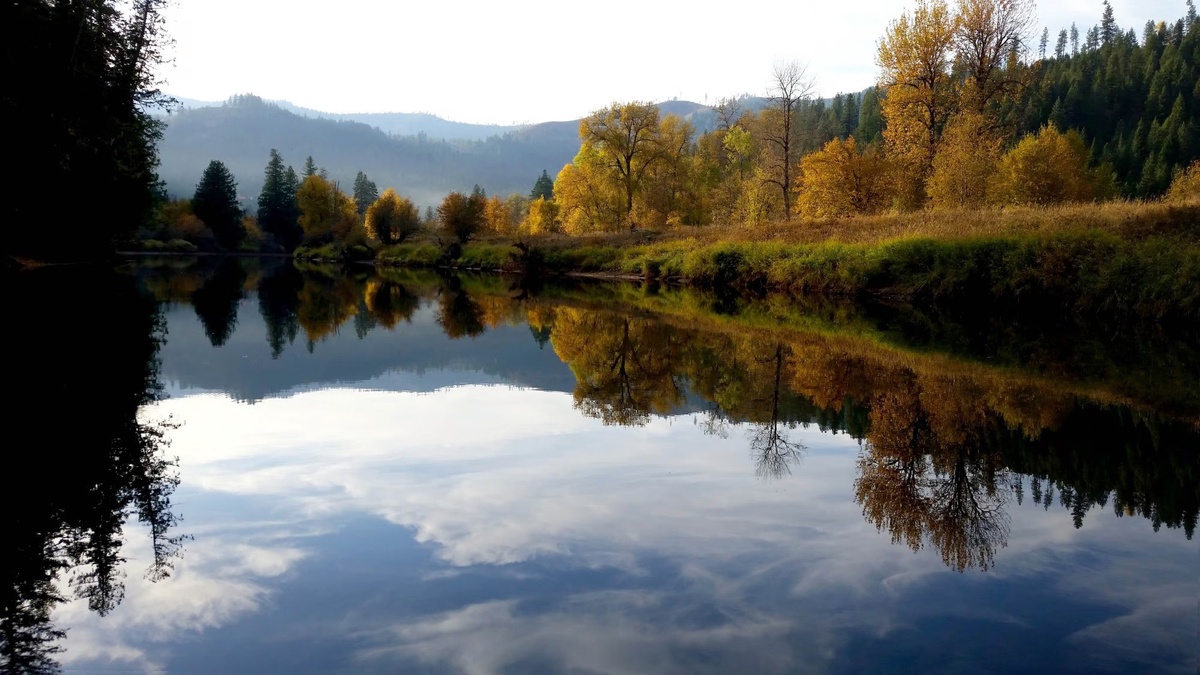Imagine a tranquil river that flows through your town, providing a scenic backdrop for outdoor activities as well as a habitat for different species. Imagine the same river, now contaminated by debris and litter, with its once clear waters tainted by pollution. This is a sad scenario, but you can help. Organising a river clean-up is not only an enjoyable experience, but it's also an important step to preserve the environment. This guide will walk you through planning a river clean-up, from conception to completion.
Step 1: Determine the Need
It is important to first identify the problem before planning a river clean-up. You can walk along the riverbanks, or get a group together of citizens who are concerned to evaluate the extent of pollution. Document the most affected areas, noting waste types and potential environmental impacts. This first assessment will give you valuable insight into the scope of the cleanup.
Step 2 - Mobilize volunteers
After you have assessed the situation, mobilize volunteers. By using social media and local news, you can create awareness. Stress the importance of this cleanup and its positive impact on the community and environment. The success of the clean-up depends on a group of enthusiastic and well-informed volunteers.
Step 3: Get the necessary permits
Check with the local authorities for any permits required before you begin cleaning. You may require clearance from municipal or environmental authorities depending on the location of the cleanup. Make sure you have the necessary permissions in order to avoid legal issues during or after your cleanup.
Step 4: Gather Supplies
Equip your volunteers to ensure a successful clean-up. Include gloves, garbage bags, recycling bins, and safety equipment. You may also require specialized equipment, such as waders or nets, depending on the size and scope of the cleanup. Co-ordinate with local businesses and environmental groups to obtain donations or sponsorships.
Step 5. Develop a cleanup plan
Divide the area into sections that are manageable and assign teams to zones. Create a plan for cleaning up the area that includes meeting points, safety instructions, and waste disposal strategies. This plan should be communicated to all volunteers prior to the day of cleanup to ensure an organized and smooth operation.
Step 6: Cleanup
Bring your plan to life on the day of cleanup. Distribute supplies and ensure volunteers understand safety protocols. As everyone works together to restore the river's natural beauty, encourage teamwork and positive attitudes. Document your progress and share it on social media. This will inspire others to take part in similar initiatives.
Step 7: Waste Disposal
A river cleanup is not complete without proper waste disposal. To ensure that the trash collected is disposed responsibly, coordinate with local waste management or dumpster services. Recycling materials can reduce the environmental impact.
Conclusion: Dumpster Services in Pensacola, Florida
It is important to partner with a reliable dumpster service for waste disposal during the final stages of river cleanup. Dumpster Services in Pensacola Florida is the best choice for a community cleanup initiative in Pensacola. They offer dumpster services that are designed to meet your needs.
Are you curious about what TFC Hauling & Dumpster Rental could do to help with your community's cleanup? Contact them today and ask about "About Us TFC Hauling” to learn more. Let's shine up your corner of the globe!


No comments yet